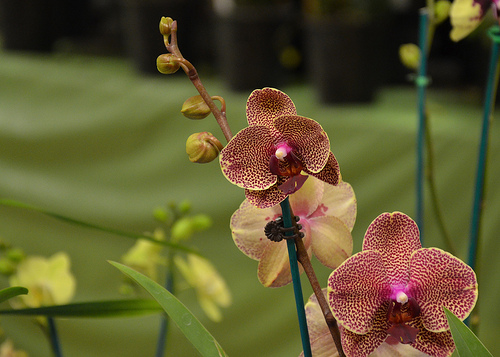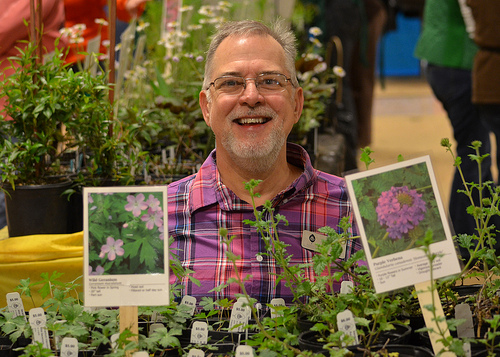Pardon Our Progress...While We Make the Nature Center Even Cooler.
Progress continues on the renovations to the Nature Center, and already we've installed new welcome signage and a children's reading nook! Soon we will install brand-new signage for each of the exhibits and even more in-depth information on the astounding biodiversity of Alabama's greenways and waterways. Stay tuned for more in the coming weeks!
The 2017 Native Plant Sale Was a Success, All Thanks to You.
This year's Native Plant Sale was a resounding success, with hundreds of plants sold and a strong show of support from the community. The Southern summer heat seemed to come a little early, but we're fans of it anyway, and the plants seemed to be, as well! Check out some of this year's highlights below, and we'll see you at next year's spring Native Plant Sale!
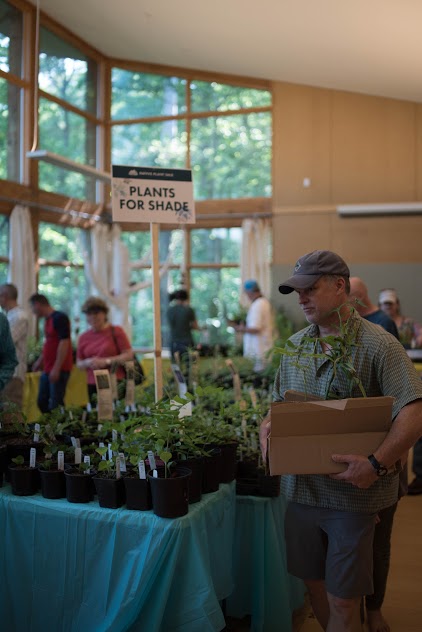
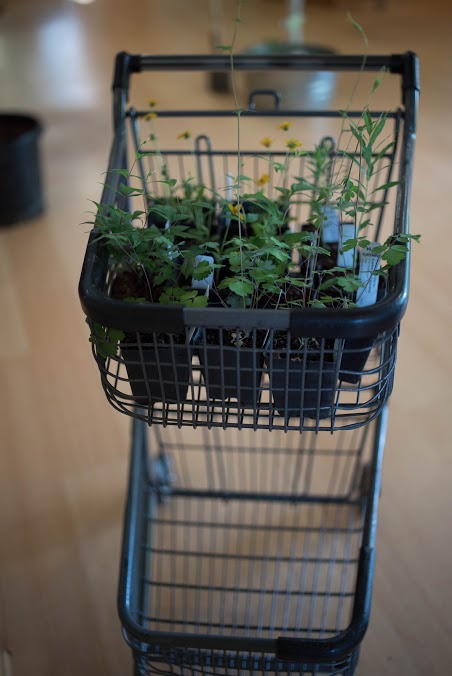


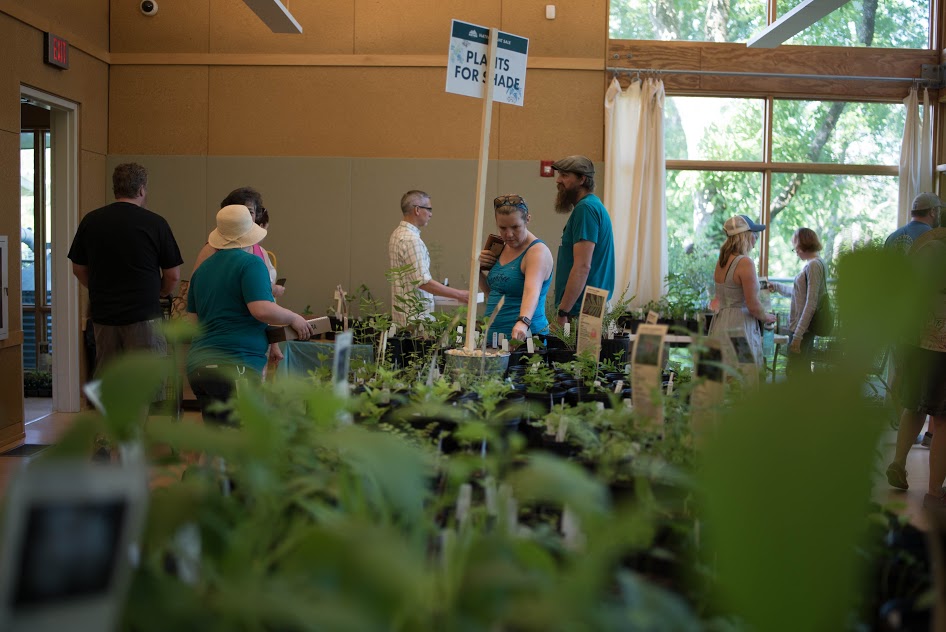
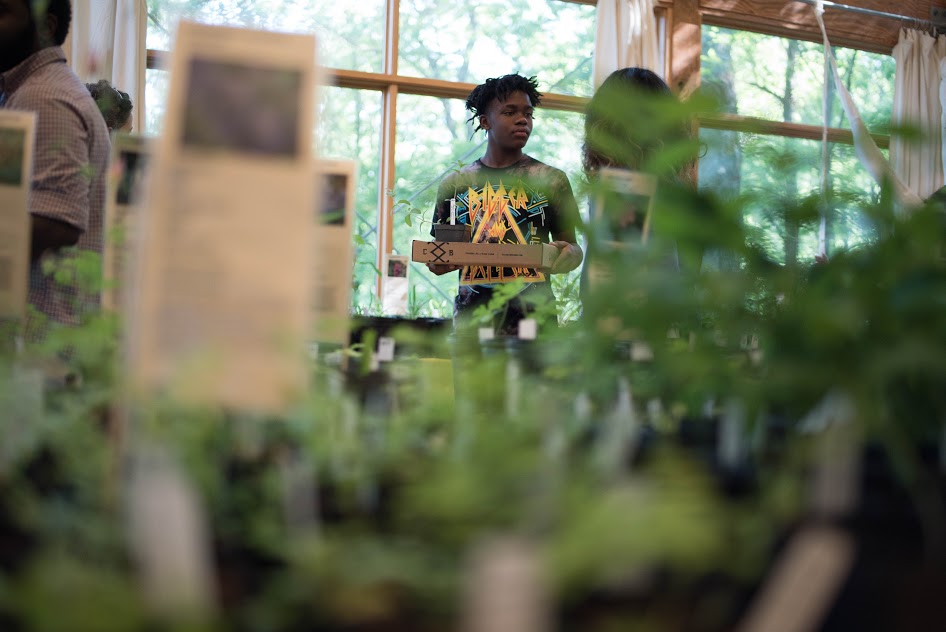
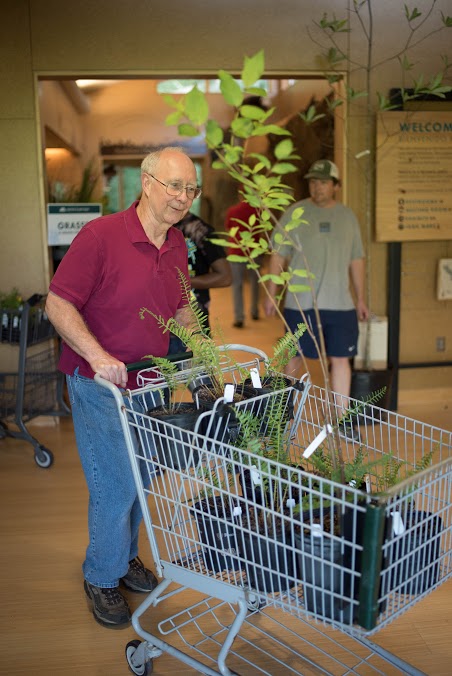

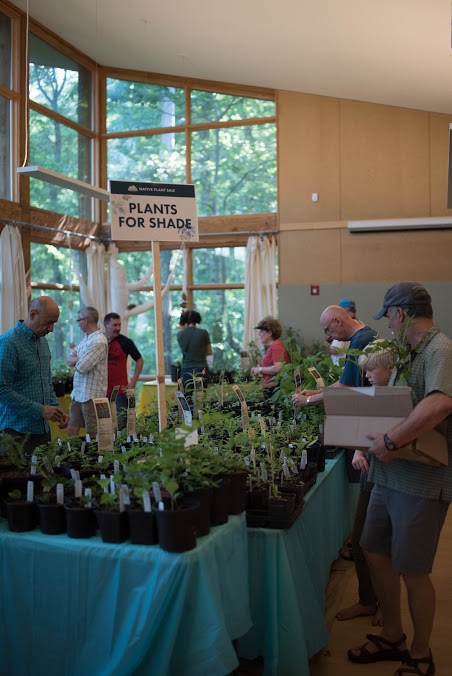
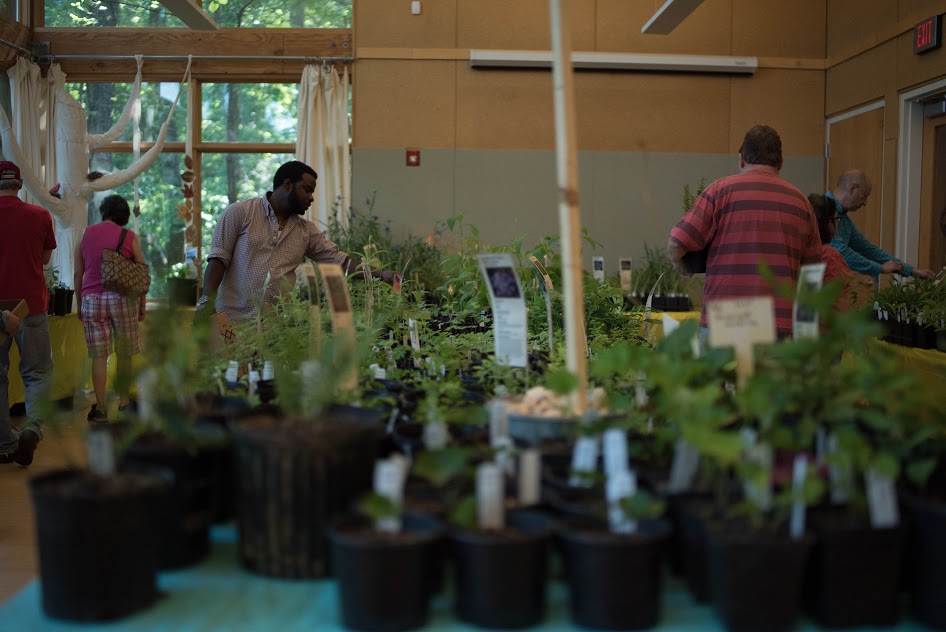
The Spring Native Plant Sale Is Here!
Ruffner Mountain, in partnership with Turkey Creek Nature Preserve, is proud to announce its annual spring plant sale will be Saturday, April 29, from 9 a.m. until 2 p.m.
The selection will include more than 40 species of native plants, including Bottlebrush Buckeye, Coreopsis, Dwarf Crested Iris, and a selection of native trees and grasses.
We hope to see you there!
Friends of Birmingham Botanical Gardens Spring Plant Sale
Join our friends at Birmingham Botanical Gardens for their Spring Plant Sale, Friday, April 7 through Sunday, April 9!
Friends of Birmingham Botanical Gardens Spring Plant Sale features over 100,000 plants, most of which have been nurtured by volunteers at The Gardens. This sale allows a unique opportunity, providing expert knowledge on the plants and by offering unique plants difficult to find in ordinary garden centers. And your purchase helps The Gardens reach its educational goals.
The Spring Plant Sale furthers The Gardens’ mission of promoting public knowledge and appreciation of plants, gardens and the environment while providing consumers seasonally appropriate planting advice from experts and satisfaction from supporting a worthwhile cause with each purchase.
Click here for more information: http://www.bbgardens.org/spring-plant-sale.php
The Habitat Garden Club Welcomes Spring
Join us every Tuesday, from 9 a.m. to 12 p.m., as we prep our native plant education garden sites for new plantings and the beginning of spring. This is a wonderful opportunity to learn more about the wildlife benefits of native plants while sharpening your gardening skills!
The native plant education gardens will enhance the aesthetics of the Nature Center and surrounding area while demonstrating the geology and ecology of the mountain, for both visitors and local schools. By evoking a sense of place and history these gardens will provide hands-on knowledge about the native plant communities and forest types on the mountain.
Where: the round-a-bout (chert circle), and the triangle median (limestone triangle)
Tasks:
Pulling weeds
Digging and potting up plants to transplant
Pruning and cutting back plants
Site cleanup
What to Bring:
Gloves
Hat
Appropriate shoes and clothes
Water and snacks
Hand tools
Shovel
Sunscreen
We hope to see you there!
*If you don't have tools of your own to bring, we will be able to provide some tools.
UPDATE: Irondale-Ruffner Rd Trailhead
By order of preliminary injunction, the gate at the trailhead will remain open to allow for full access to the Preserve by the public until further order of the Court. The Court recognized that this trailhead has long served as one of the primary access points to the Mountain, including the point of entry for local emergency and fire departments.
The Court’s preliminary injunction also prohibits all cutting and removing of trees and other flora on the property; the disturbing of wildlife, trails, and waterways found on the property; and any other action that would harm the property or change its character.
The Court reached its decision after a two-day hearing where counsel for both sides took the testimony of four witnesses and entered more than a dozen exhibits. The Court determined that Ruffner has a reasonable legal claim to ownership of, or an easement over, the disputed property under Alabama law due its use by the public as a trailhead for more than 20 years.
The trailhead also lies on the former Birmingham Mineral Rail Line, the ownership of which is in dispute. Evidence of the historical significance of the Mineral Rail Line was submitted to the Court, as were deeds and related documents establishing that as early as the late 1800's the mineral rail line passed through the property, as well as the cities of Birmingham and Irondale and Jefferson County.
We would like to thank everyone who has followed this case since its beginning and supported Ruffner along the way. We truly could not do this without you!
We will update you in the coming weeks with any new developments.






